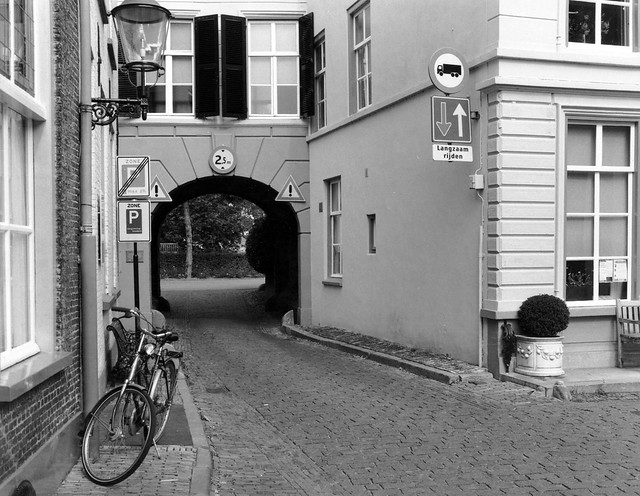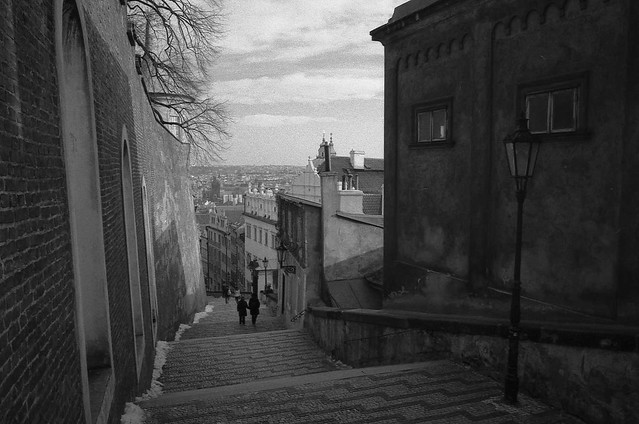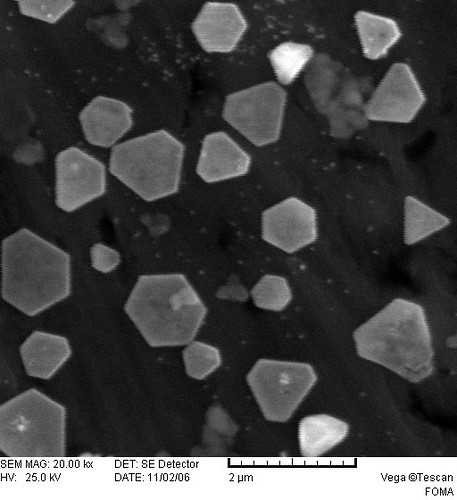znapper
Well-known
Also, the 120 size curls horridly and takes WEEKS of sitting under a stack of heavy books to flatten enough for printing.
I've only had that issue with some older rolls of foma, the later rolls never curled much at all.
Also, the 120 size curls horridly and takes WEEKS of sitting under a stack of heavy books to flatten enough for printing.
I've only had that issue with some older rolls of foma, the later rolls never curled much at all.

 AristaEDUultra100 AristaLiquidDeveloper by carter3john, on Flickr
AristaEDUultra100 AristaLiquidDeveloper by carter3john, on Flickr






 Untitled by Silas Slack, on Flickr
Untitled by Silas Slack, on Flickr Untitled by Silas Slack, on Flickr
Untitled by Silas Slack, on Flickr


Have you rotary processed your film in the HC-110? How were your developing time/temps working out? I ask because I just bought a JOBO set of tanks (multitank 2, Multitank 5&6) and want to use these on my old Unicolor Uniroller. Thanks! -Dan




Another matter that raises questions is the practice of pre-soaking Foma films .
Pre-soaking seems harmless and removes the blue discoloration from the developer, but does it has any real (visible) advantage ? I'm talking about the final result with Foma films, not about theoretical considerations (softening the emulsion, etc etc..)
Any reality-based experiences or results with Fomapan ?
Greetings
Joao

